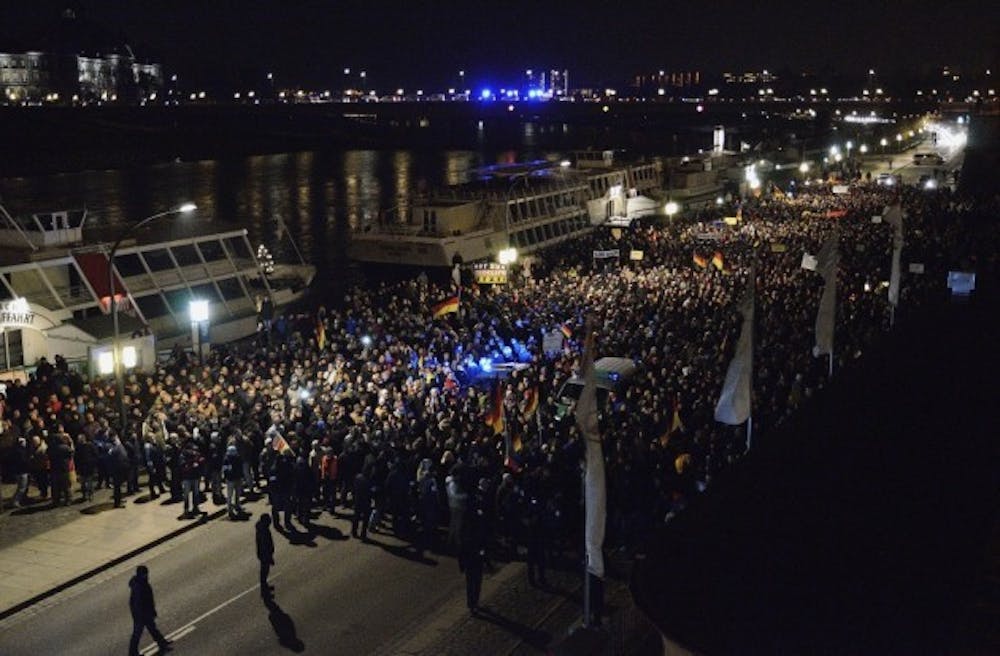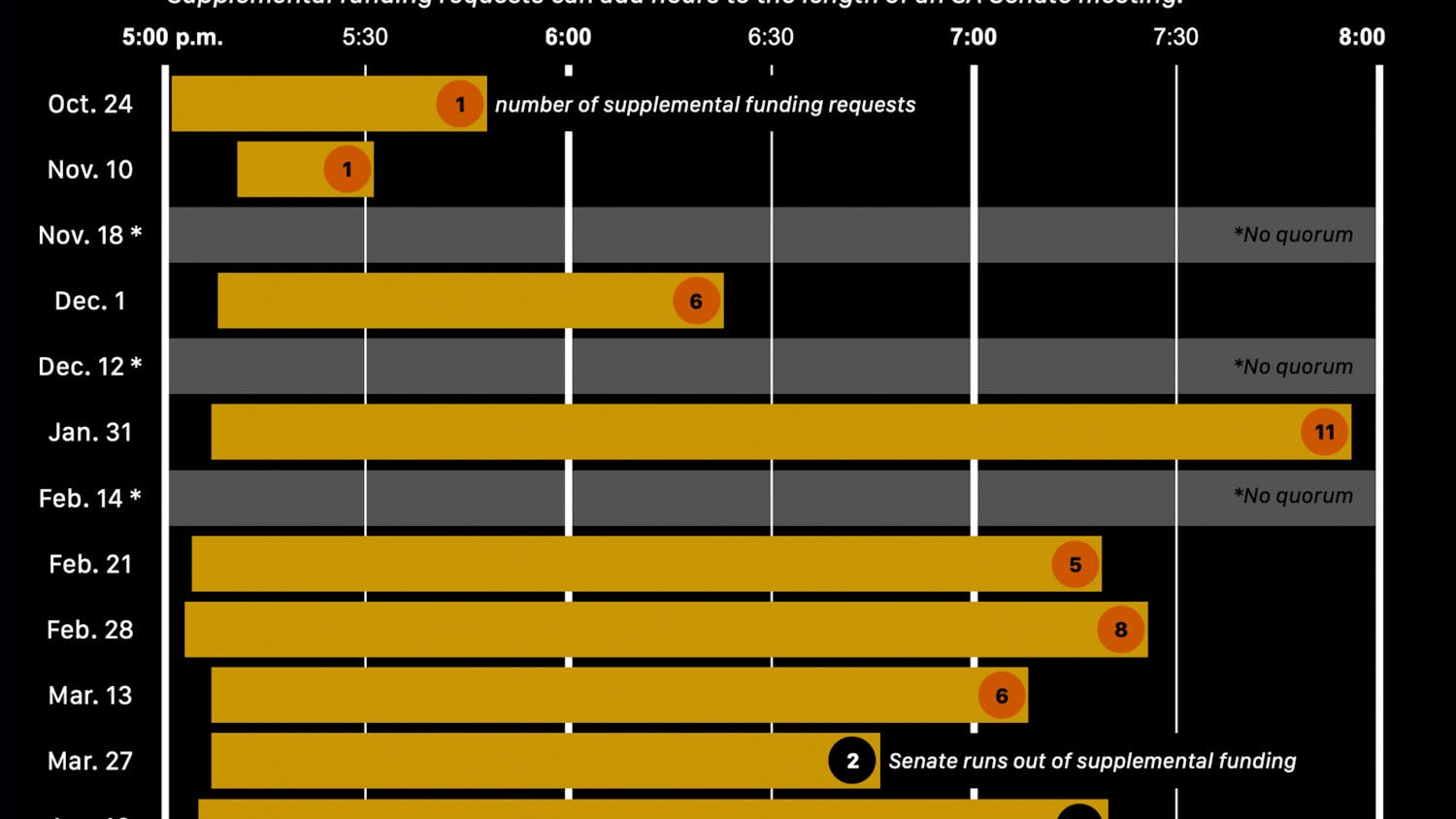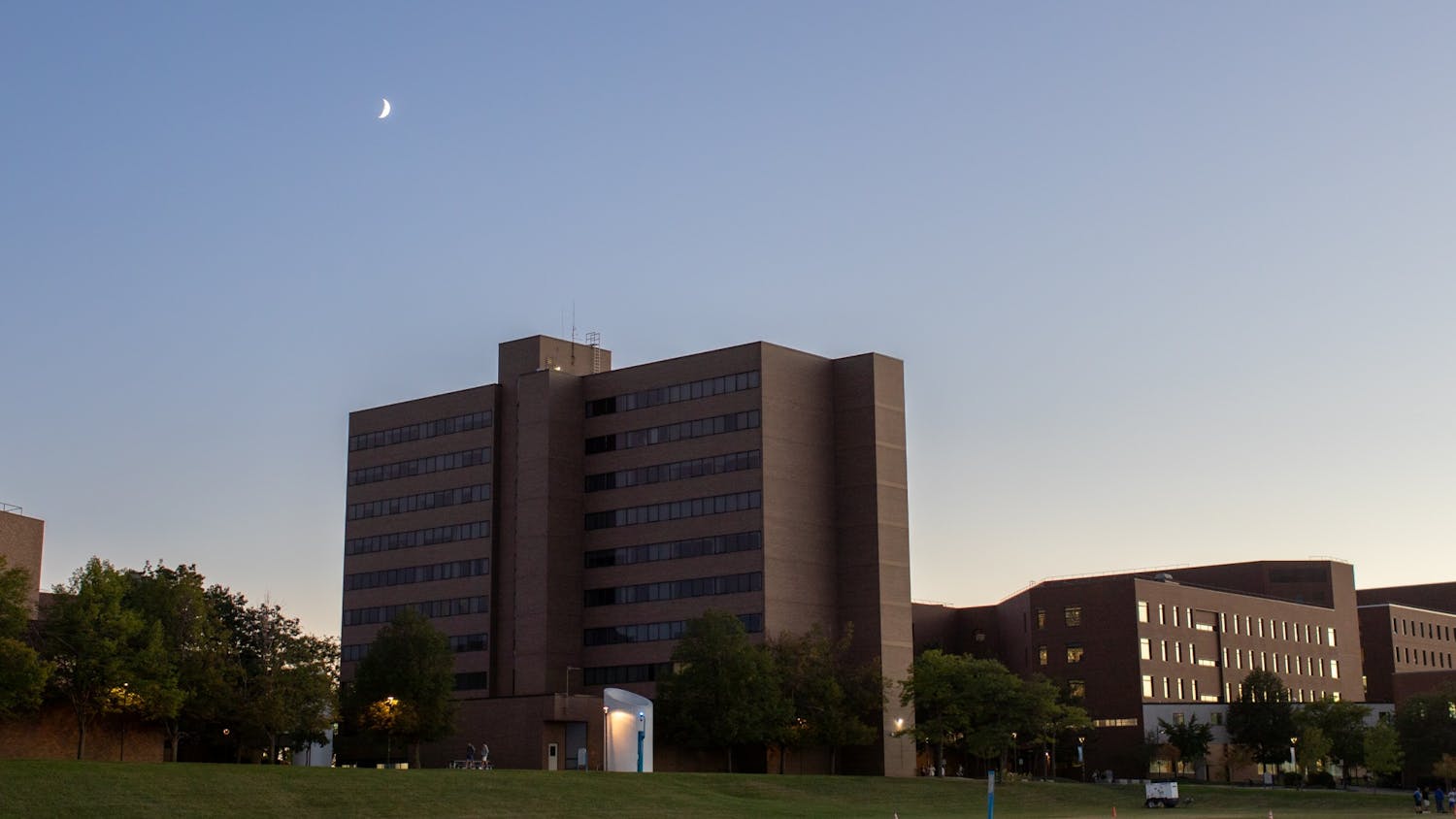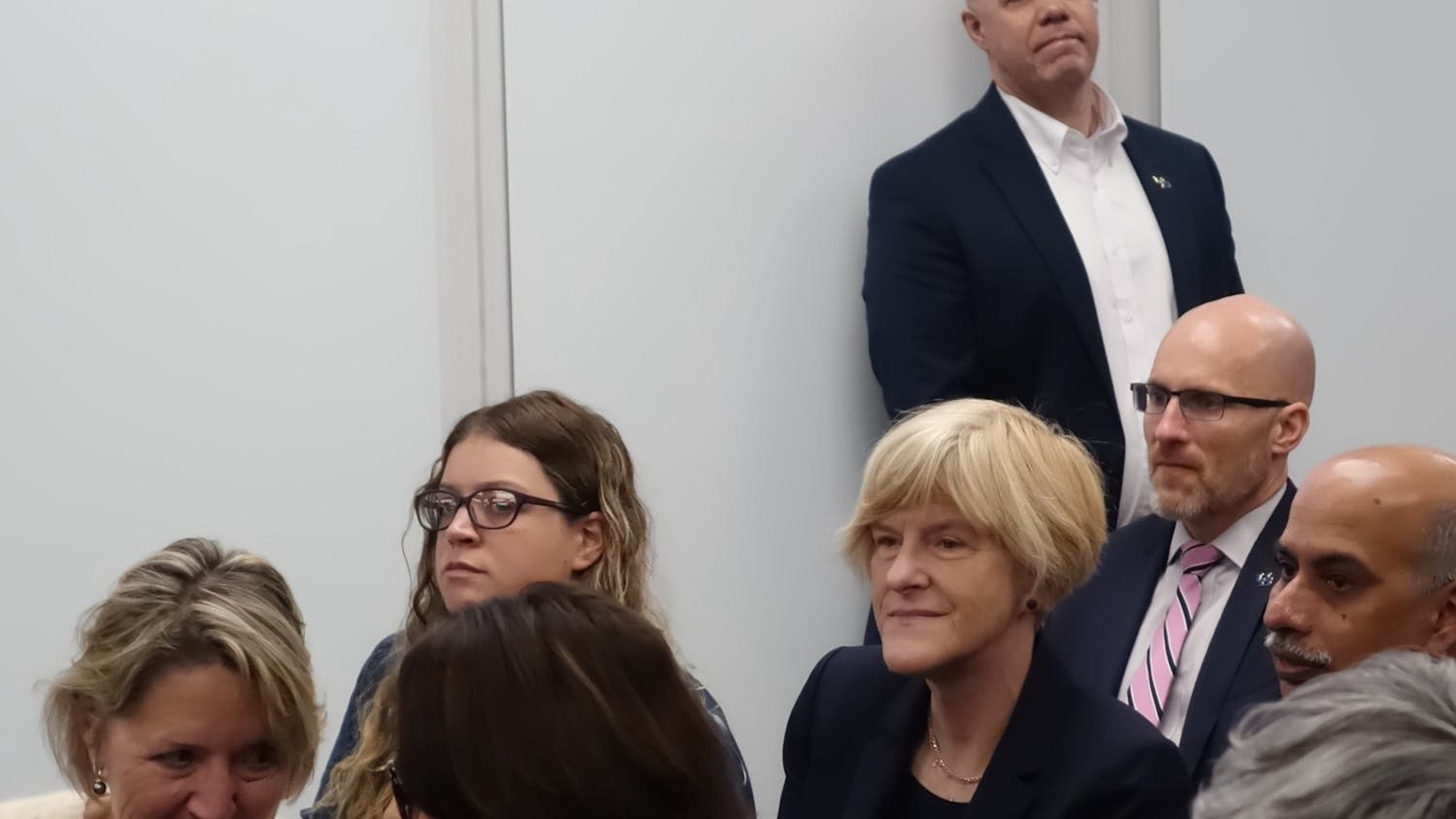Thousands of anti-Islam and anti-immigrant protestors carrying signs with slogans like “Our Land, Our Rights!” and “End the Politics of Immigration,” have been marching through the streets of German cities since October to denounce Islamic violence in Europe and the presence of 10 million immigrants in Germany.
These protests have raised questions about how such open antagonism and right-wing extremism can in exist in Germany 70 years after the end of World War II.
The protests began as small Monday gatherings sponsored by a group called “Patriotic Europeans Against the Islamization of the West” (Pegida). These meetings expanded to Monday night protests in Dresden and more recently to other German cities such as Leipzig, Berlin, Hannover and Munich. At their peak in mid-January, just after the Jan. 7 attack at the satirical French weekly Charlie Hebdo, and the Jan. 11 arson of the Hamburger Morgenpost, Pegida protests attracted 25,000 people.
The marchers consist of a broad swathe of the disgruntled. They include those marching to protest terrorist Islamist action, like the attacks on the two media outlets and those who take a harsher tone toward all immigrants, who now make up close to 11 percent of the German population. Still others are even more radical and express xenophobic, anti-semitic and nationalist views akin with Neo-Nazism, which is illegal in Germany.
In recent weeks, Pegida announced it was expanding to the United Kingdom and is holding its first rally in England. In Newcastle on Feb. 28, they are expecting 600 protestors. The head of Pegida UK, Matthew Pope, has social media ties to far-right groups.
Pegida has attracted so much attention that media outlets around the world have begun to cover it. German Chancellor Angela Merkel, in her New Year’s address, urged Germans not to attend Pegida rallies, because members have “prejudice, coldness, even hatred in their hearts.”
Pegida “appeals to hollow prejudices, xenophobia and intolerance,” former German Chancellor Helmut Schmidt wrote in an editorial that spanned pages 1-3 of the tabloid Bild on Jan. 6. “A look at our past and economic sense tells us Germany should not spurn refugees and asylum-seekers.”
Across the nation, counter protests have erupted. In Berlin, close to 5,000 people prevented Pegida members from marching on Jan. 6 by creating a human blockade. In the West German cities of Cologne, Stuttgart and Hamburg up to 30,000 people have marched against Pegida. And on Jan. 4, city officials in Berlin, Cologne and Dresden showed their disapproval of the movement by taking the stunning step of shutting off all lights on iconic buildings such as the Brandenburg Gate, the Dresden Cathedral and the Dome in Cologne. The protestors were marching and gathering in front of the buildings.
The Pegida movement has been able to attract a large and previously unaffiliated group of German malcontents, including center-right to far-right extremists and Neo-Nazis, united by a “distrust of politics in general,” according to Dr. Harald Weilnböck, a co-chair of the European Union’s Radicalization Awareness Network and a member of Berlin NGO Cultures Interactive who studies practices of prevention against violent extremism.
He traces the group’s existence and its ability to attract so many to an underlying malaise in Germany about how to deal with immigrants, particularly Muslims, which number 4.3 million. Of those Muslims, 63.2 percent are Turks, many of whom came to Germany as legal “guest workers” in the 1970s and eventually raised families there.
These Turkish citizens are proud to be German. What most people consider “German activities” are now being preserved more by the ethnically Turkish rather than the ethnic Germans, according to Dr. Ulrich Brückner, the Jean Monnet professor of European Studies at Stanford University Berlin.
“Turks are so fascinated by their host culture,” Brückner said, “that they have become the better Germans.”
The Turks are unhappy about the Pegida protests and ideology and feel they belittle them and perpetrate the stereotype that all Turks are Muslims and that all Muslims are fundamentalists, he said.
Süleyman Çelik, head of the Union of European Turkish Democrats, asked Germans to stand up against the Pegida movement.
“We, as 3 million Turkish Muslims, have been living in Germany for the last 53 years,” Çelik said in a joint statement issued by Turkish organizations in Germany. He then asked Germans to participate in anti-Pegida marches.
Despite the headline-grabbing marches and the coverage Pegida has received in German and British media, most scholars and academics don’t see Pegida as a movement with much staying power.
Brückner said the movement’s greatest problem is that it doesn’t have a goal. It’s a group of discontents, but it is not working toward implementing any specific policies. He said Germany has had anti-immigrant groups that have amassed before.
“Traditionally, they fizzle out once people see how boring they are,” he said.
Pegida, like other protest movements, make noise for a short period of time, and then disappear soon afterwards, Brückner said.
The United States’ Occupy Movement ran into similar issues in 2012. The movement started with Occupy Wall Street in September of 2011, garnered huge amounts of attention from the media, but ended by February 2012, at which point most people had stopped paying attention to protestors.
However, it looks like the Pegida movement might go extinct for other reasons. On Jan. 21 the movement’s leader, 41-year-old Lutz Bachmann, resigned after photos emerged of him dressed as Adolf Hitler along with comments degrading asylum seekers. Bachmann now faces prosecution in Dresden for inciting hatred. On Jan. 28, its second leader, Kathrin Oertel, resigned after a week at the helm due to media pressure.
Weilnböck sees Pegida as a movement of those “alienated from national and European politics,” and who are “distrustful of politics in general.” He also thinks the movement will peter out. He thinks the media does the nation a disservice by writing so much about them and giving them publicity and legitimacy.
A study published at the beginning of February by Dr. Hans Vorlaender, a professor at the Technical University in Dresden, described the average Pegida member as an undereducated man between 25-49 who lives in the former East German state of Saxony, served in the German army and is self-employed.
Dr. Gero Neugebauer, a professor of political sociology at the Free University in Berlin, also agrees that Pegida doesn’t have longevity. If Pegida were to attempt to form an actual party, he argues, “It would belong to the political establishment – and become a victim of the anger about political parties.”
Pegida also has internal leadership issues, Weilnböck said. It is in the process of splitting into two factions, one more extreme than the other. His only worry, he said, is to “what extent Pegida followers may seek to join the new EU sceptical party, ‘Alternative for Germany.’”
The party, known as “Afd” in Germany, formed in 2013 and is openly sceptical about the Euro, calling it a failed currency and financial integration of Europe a failed policy. Last year, it gained its first representation in state parliamentary elections in the former East German states of Saxony, Brandenburg and Thuringia.
On Sunday, it is vying for representation in the northern state of Hamburg. Weilnböck said attracting Pegida followers could be a “tipping point” for these elections.
email: news@ubspectrum.com





